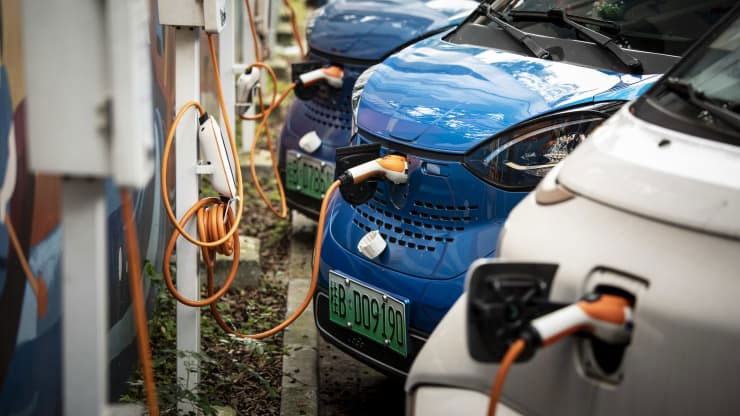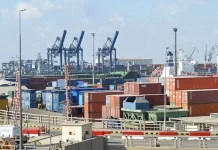ISLAMABAD: The World Bank has projected that Pakistan’s gross domestic product (GDP) growth rate for the fiscal year 2021-22 will remain at 3.4 percent against Islamabad’s target of 4.9 percent.
The World Bank released its report titled “October 2021 Pakistan Development Update: Reviving Exports” on Thursday. The report also quoted the GDP growth rate for the last fiscal year 2020-21 at 3.5 percent against the government’s growth rate of 3.9 percent, saying the country’s real GDP growth rebounded to 3.5 percent in FY2021, after contracting by 0.5 percent in FY 2019-20 with the onset of the global pandemic.
The report said that inflation eased, the fiscal deficit improved to 7.3 percent of GDP, and the current account deficit shrunk to 0.6 percent of GDP – the lowest in a decade. It said that due to strengthened domestic demand, imports have grown much higher than exports in recent months, leading to a large trade deficit. To sustain strong economic growth, Pakistan needs to increase private investment and export more.
In examining the country’s persistent trade imbalance, the report identifies key factors that are hindering exports: high effective import tariff rates, limited availability of long-term financing for firms to expand export capacity, inadequate provision of market intelligence services for exporters, and low productivity of Pakistani firms.
The report provides policy recommendations that can help improve Pakistan’s export competitiveness. The report recommended gradually reducing effective rates of protection through a long-term tariff rationalization strategy to encourage exports besides reallocating export financing away from working capital and into capacity expansion through the Long-Term Financing Facility.
It also suggested consolidating market intelligence services by supporting new exporters and evaluating the impact of current interventions to increase their effectiveness and design and implement a long-term strategy to upgrade productivity of firms that fosters competition, innovation and maximizes export potential.
Meanwhile, WB Country Director for Pakistan, Najy Benhassine while talking to media here on Thursday said that the projection gap of Pakistan’s GDP growth rate for the fiscal year 2020-21 and 2021-22 between the Bank and the Pakistan government is mainly due to uncertainties stemming out of the Covid-19 pandemic, hoping that the final growth rate would be on the higher side.
“With effective micro-lockdowns, record-high remittance inflows and a supportive monetary policy, Pakistan’s economic growth rebounded in FY2021,” said Benhassine.
“These measures, together with the expansion of the Ehsaas programme and support to businesses, were key to strengthening the economy and recovering from the economic fallout associated with Covid-19.”
With respect to reforms in various sectors of Pakistan, Binhassine said the WB is satisfied and supporting the government’s reforms’ initiatives especially on revenue and power sides. He said that the WB’s support to the Pakistan government in GST harmonisation is yielding fruits, hoping that this would help increase revenue by 1% of the GDP.
The WB country director said reforms in Pakistan’s power sector are multi-pronged, adding increasing tariff is not the only solution. He said the reforms in the power sector might also include controlling circular debt, reducing generation cost, improving efficiency, and reducing technical losses.
He also stressed on equitably sharing the burden of circular debt among all the stakeholders such as the government, consumers, and the generation companies. However, he stressed that the 40% of consumers who fall in the lower category and get the subsidy should be protected from the burden.
Replying to a question, he also hoped that the 6th review of Pakistan’s programme with the International Monetary Fund (IMF) would be concluded soon successfully. – TLTP
Sign in
Welcome! Log into your account
Forgot your password? Get help
Password recovery
Recover your password
A password will be e-mailed to you.






